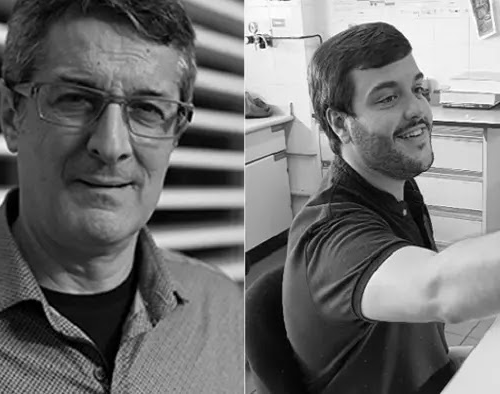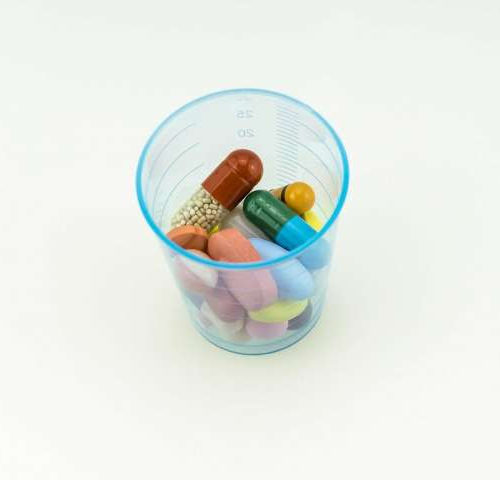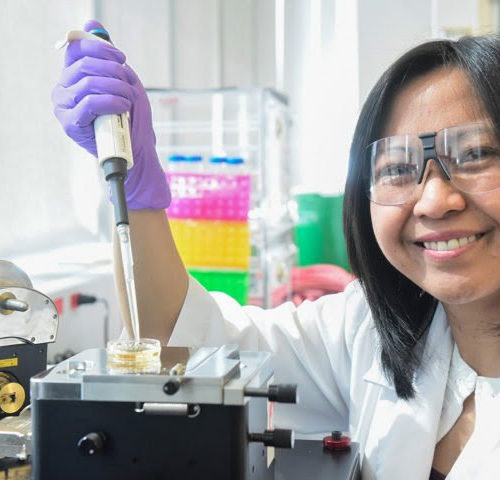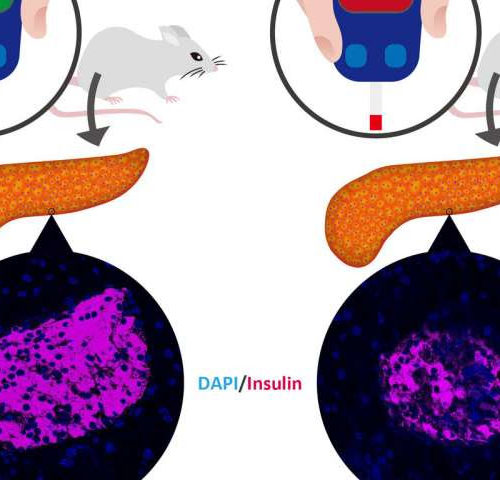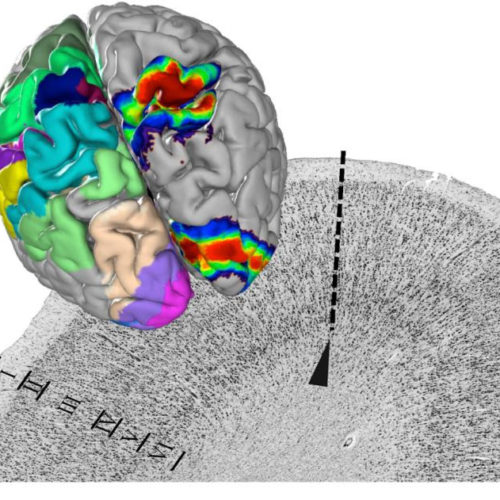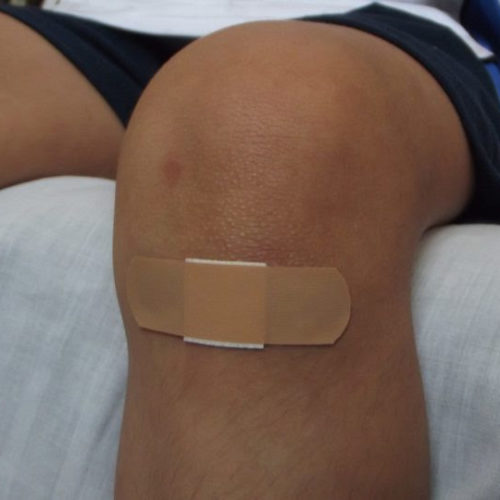News Release 29-Jul-2024 Drosophila: a model for studying human diseases Peer-Reviewed PublicationUniversity of Barcelona image: From left to right, experts Florenci Serras, research leader, and José Esteban-Collado, first author of the article. Credit: UNIVERSITY OF BARCELONA A study lead by the University of Barcelona opens new perspectives to better understand how the molecular mechanisms involved...
Tag: <span>molecular mechanisms</span>
ALS: decoding its molecular mechanisms to improve treatment
Nearly 3,000 Canadians are living with amyotrophic lateral sclerosis (ALS), also known as Lou Gehrig’s disease or Charcot’s disease. Each year, close to 1,000 people are diagnosed with ALS and many will die from it. ALS is an incurable neurodegenerative disorder characterized by the selective loss of motor neurons. These nerve cells serve as our...
How antibiotics interact with each other
by University of Cologne It is usually difficult to predict how well drugs will work when they are combined. Sometimes, two antibiotics increase their effect and inhibit the growth of bacteria more efficiently than expected. In other cases, the combined effect is weaker. Since there are many different ways of combining drugs—such as antibiotics—it is...
Nanoparticles show promise in defeating antibiotic-resistant bacteria, U of T researchers find
A new therapy developed by researchers at the University of Toronto may bring us one step closer to effectively killing deadly drug-resistant superbugs. “The threat posed by pathogens that are increasingly becoming resistant to all known antibiotics is an alarming and pressing health care problem,” says Ruby Sullan, assistant professor in the department of physical...
A surprising protein player in diabetes
by Okinawa Institute of Science and Technology A protein that’s common throughout the body plays a key role in regulating glucose levels, says new research conducted in the Cell Signal Unit at the Okinawa Institute of Science and Technology Graduate University (OIST) and Riken Center of Integrative Medical Sciences. Called CNOT3, this protein was found...
COVID-19: Immune system derails
DZNE – GERMAN CENTER FOR NEURODEGENERATIVE DISEASES Contrary to what has been generally assumed so far, a severe course of COVID-19 does not solely result in a strong immune reaction – rather, the immune response is caught in a continuous loop of activation and inhibition. Experts from Charité – Universitätsmedizin Berlin, the University of Bonn,...
Glucosamine Supplementation Correlates with Lower All Cause Mortality
This news or article is intended for readers with certain scientific or professional knowledge in the field. An analysis of a large study population here shows that glucosamine supplementation results in about a 15% reduction in mortality, a sizable effect size in the context of what is known of the effects of lifestyle choices and...
A centerpiece of EBRAINS’ human brain atlas is presented in ‘Science’
HUMAN BRAIN PROJECT THE ARCHITECTURE OF THE NERVE CELLS CHANGES AT THE BORDER BETWEEN TWO AREAS (DOTTED LINE). THIS IS THE BASIS FOR MAPPING. THE AREAS OF THE BRAINS STUDIED ARE TRANSFERRED IN… view more CREDIT: FORSCHUNGSZENTRUM JUELICH / KATRIN AMUNTS The atlas features close to 250 structurally distinct areas, each one based on the...
Researchers uncover how cells interact with supporting proteins to heal wounds
When we get a wound on our skin, the cells in our bodies quickly mobilize to repair it. While it has been known how cells heal wounds and how scars form, a team led by researchers from Washington University in St. Louis has determined for the first time how the process begins, which may provide...
How the brain senses smell
The study published in Nature identifies the mechanism used by our brain to distinguish smells. The research was conducted by IIT and Harvard University and may have an impact on the creation of the artificial sense of smell in robots ISTITUTO ITALIANO DI TECNOLOGIA – IIT Rovereto, Italy, 29th July 2020 – An Italian-American research...
- 1
- 2

